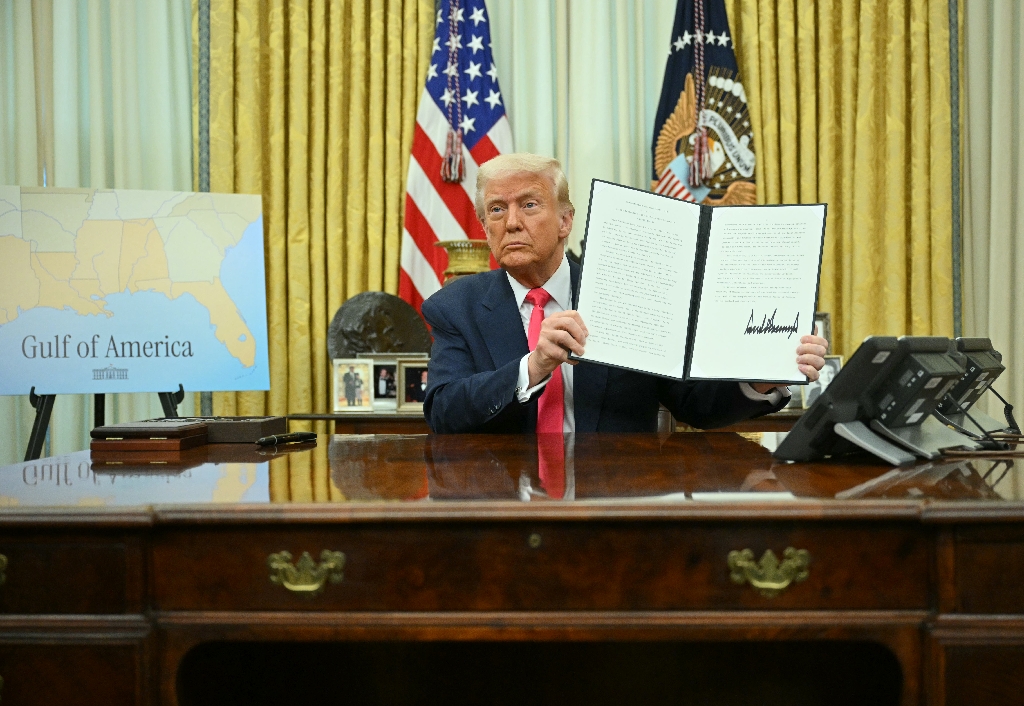Washington (AFP) – US retail sales plunged by the most in almost two years in January — a bigger drop than forecast and one that follows an unexpected uptick in inflation that President Donald Trump has vowed to tame. The fall in sales came as cold weather hit much of the country alongside wildfires in California, data showed Friday, reflecting broad declines across different product categories. Households have also been drawing down on savings, grappling with stubborn inflation and facing uncertainty over Trump’s threats of tariffs on goods from major US trading partners.
Retail sales fell 0.9 percent between December and January to $723.9 billion, partly due to slumping auto sales, the Commerce Department said. This was the biggest month-on-month drop since early 2023 and a significantly larger decline than the 0.2 percent fall predicted by economists polled by the Dow Jones Newswires and The Wall Street Journal. Analysts generally expect growth in the world’s biggest economy to cool this year, and are closely eyeing the strength of consumption — a key economic driver.
Experts warn that blanket duties, if imposed for a prolonged time, would mean importers face higher costs that could be passed on to consumers. Although Trump has threatened sweeping levies on both US allies and adversaries, tariff hikes have largely not taken effect as countries negotiate with Washington. Out of 13 categories logged by the Commerce Department, only four saw month-on-month growth including sales at gas stations and those at restaurants and bars. Sales at autos and parts dealers in particular dropped by 2.8 percent last month, while those at clothing stores, building material dealers, and furniture shops also slid. Excluding motor vehicles and parts, retail sales still fell 0.4 percent from December to January. But from a year ago, retail sales in January were up 4.2 percent, the Commerce Department added.
– Cooling momentum – “The sharp decline in January retail sales was due in large part to the extreme wintery conditions and California wildfires last month,” said Nationwide chief economist Kathy Bostjancic in a note. While she expects a “healthy rebound” in February, she added that “the strong momentum for consumer spending has softened.” Corporate economist Robert Frick of the Navy Federal Credit Union believes that although the drop was dramatic, “there’s no cause for alarm” for now. Retail sales tend to be volatile at the turn of the year and consumption “still looks fundamentally healthy,” added EY senior economist Lydia Boussour. But spending could lose steam “as softer labor market conditions, still elevated prices and rates constrain households’ spending power,” she said.
Looking ahead, Carl Weinberg and Mary Chen of High Frequency Economics expect the retail report will cause forecasters to lower estimates of US GDP growth. Consumer spending has been a driver of growth in recent years, they said in a note. While one data point will not change the course of central bank policy, Weinberg and Chen added that the report likely fuels expectations of a Federal Reserve interest rate cut. “Any sign of consumer weakness is not good news for markets, even though expectations of lower interest rates and inflation may help stocks,” they added.
© 2024 AFP




